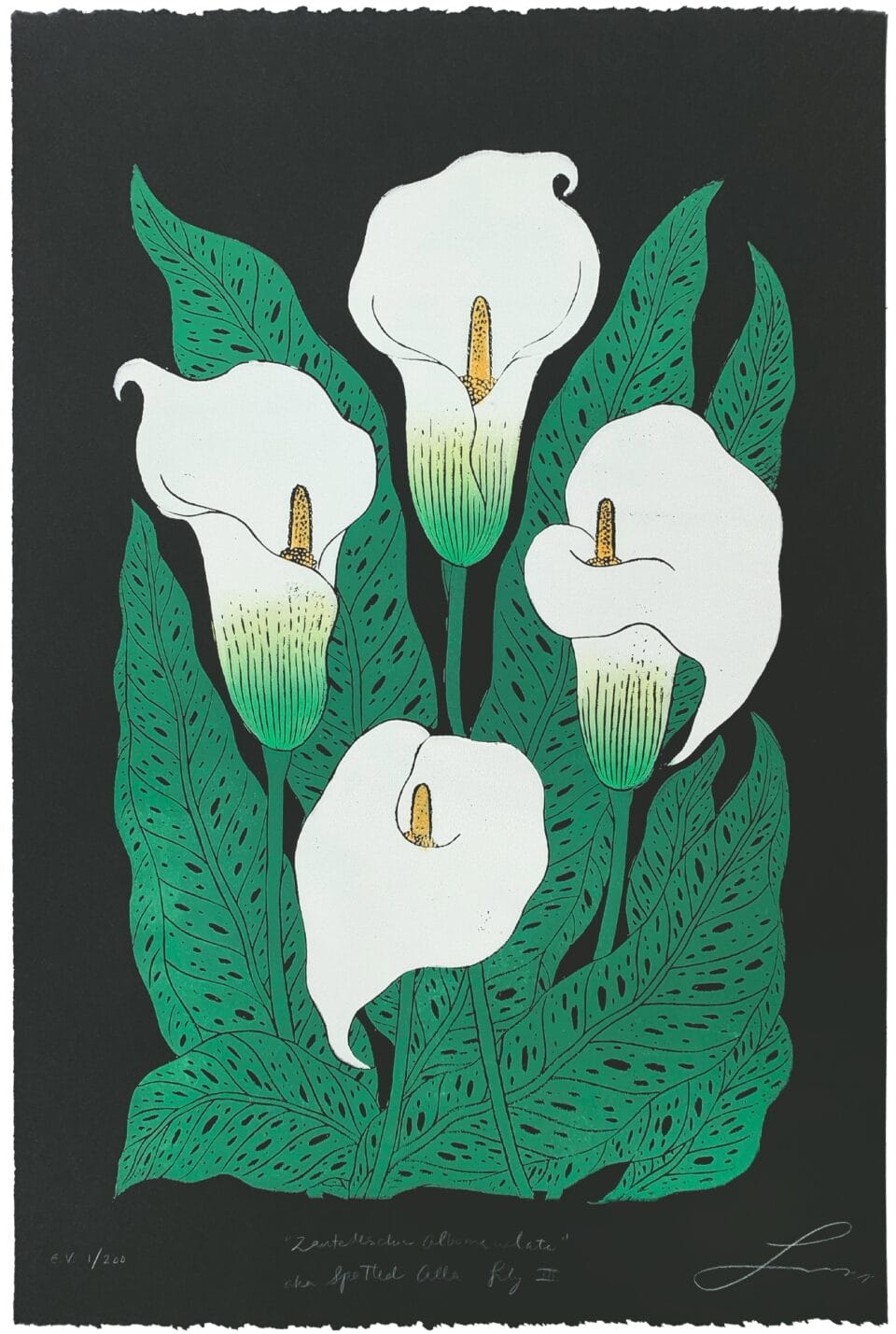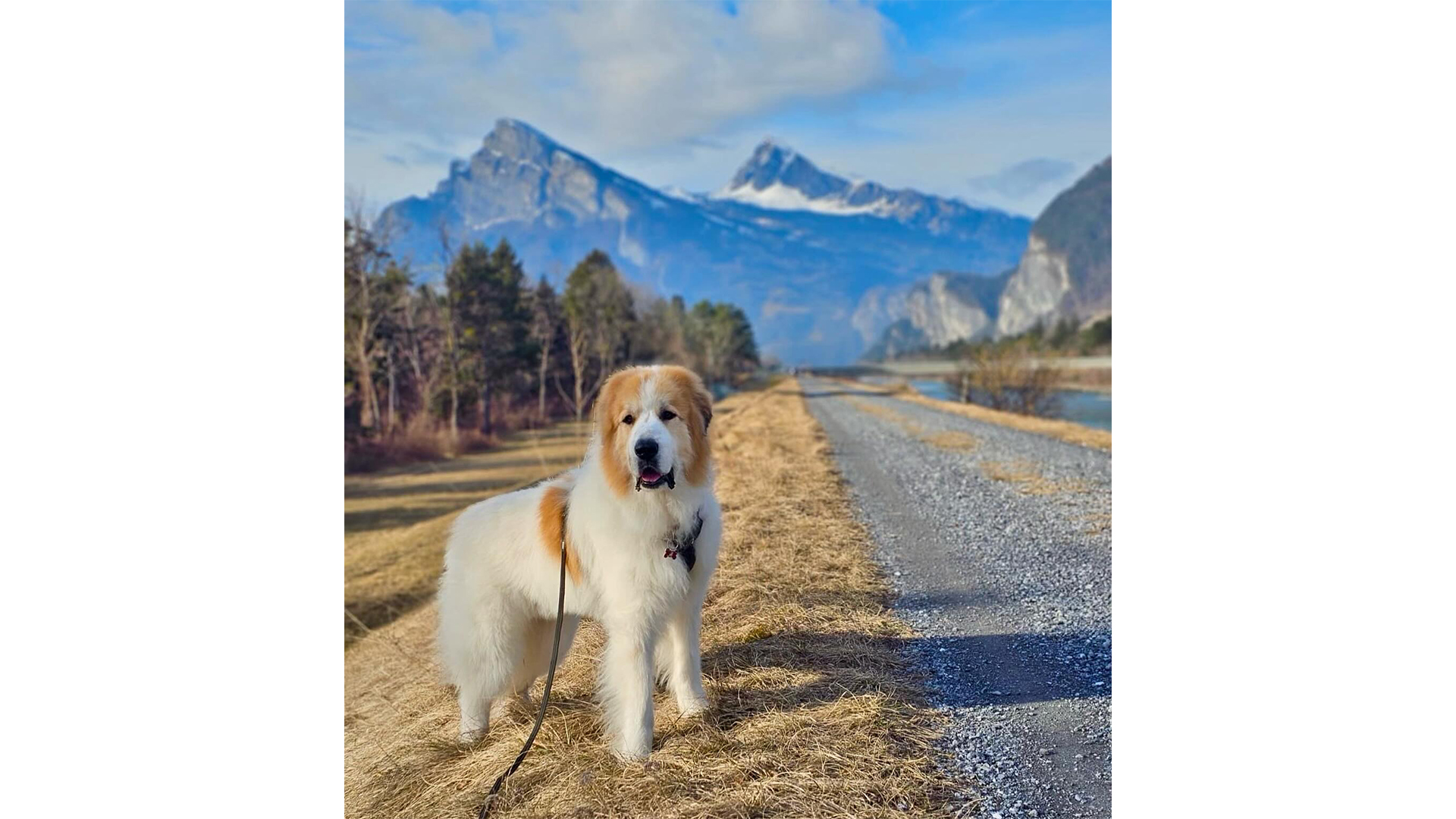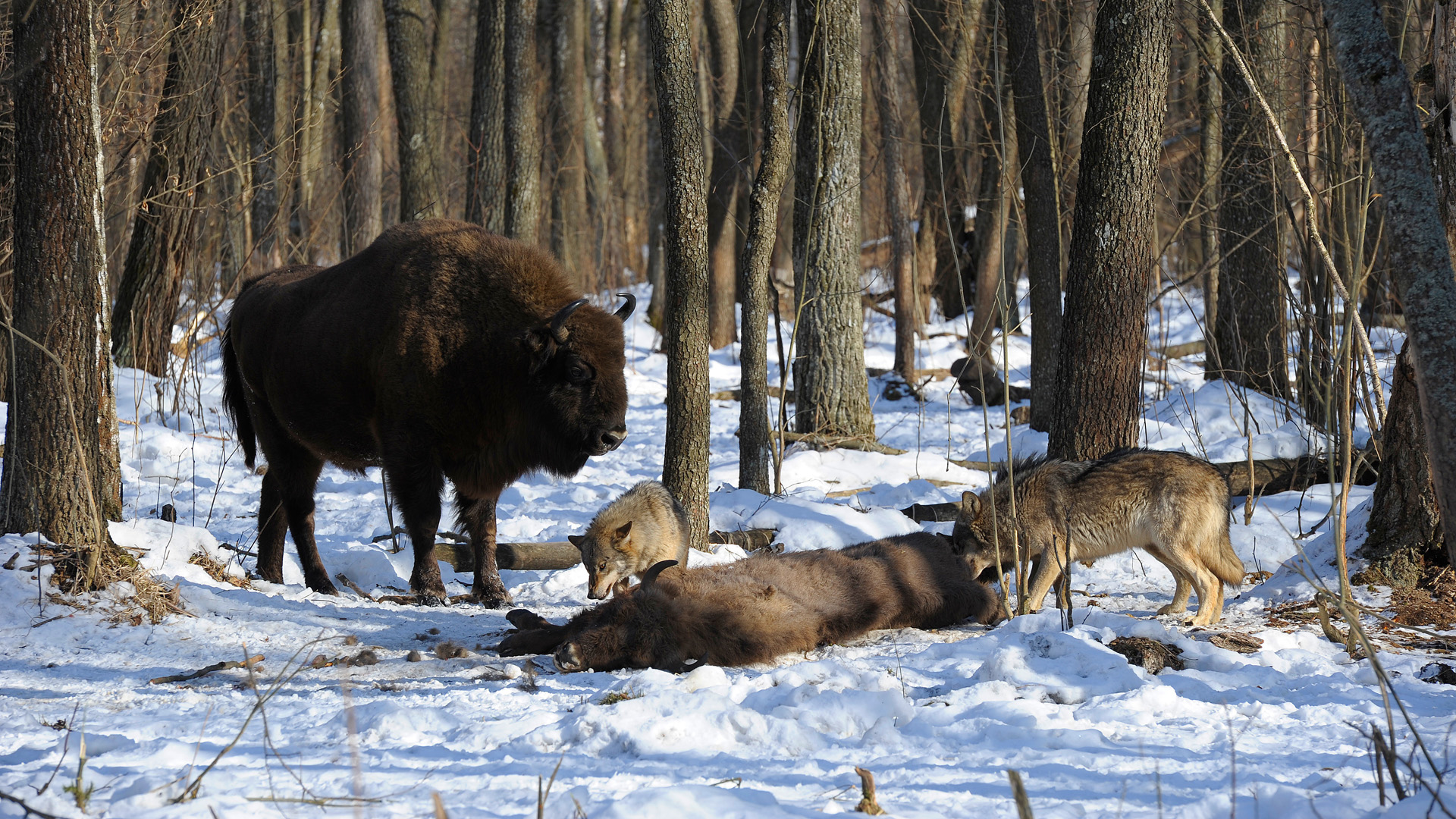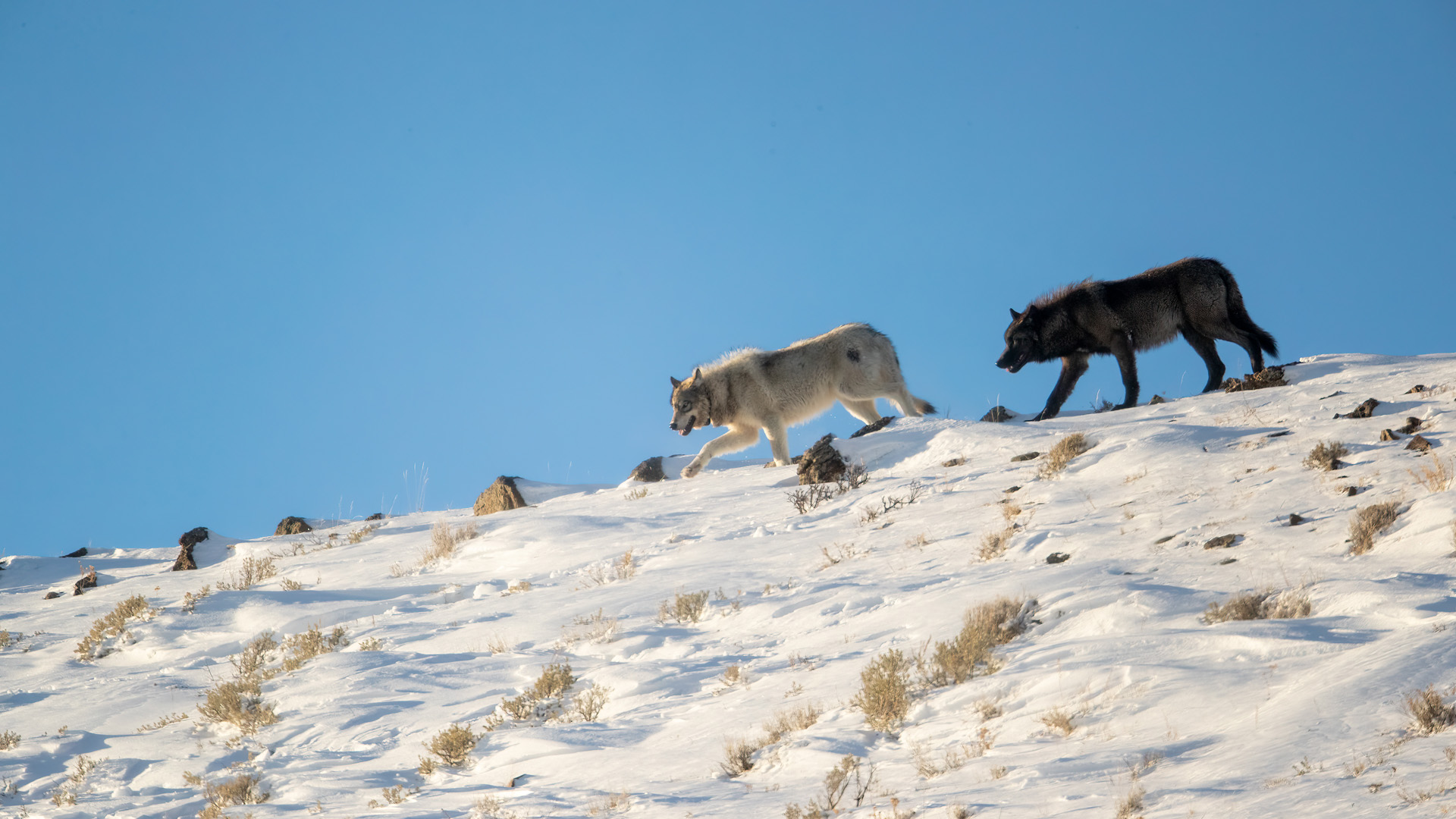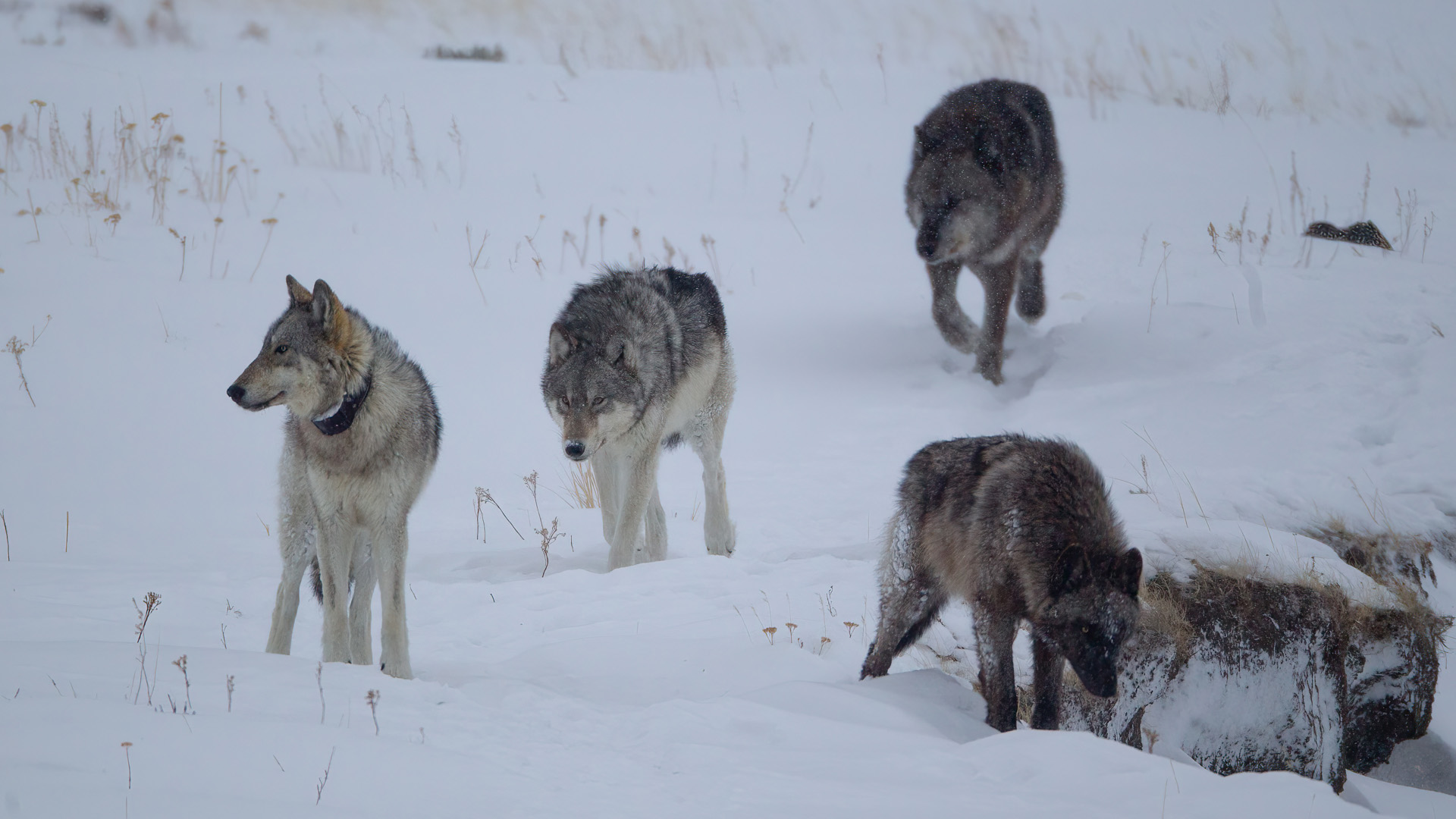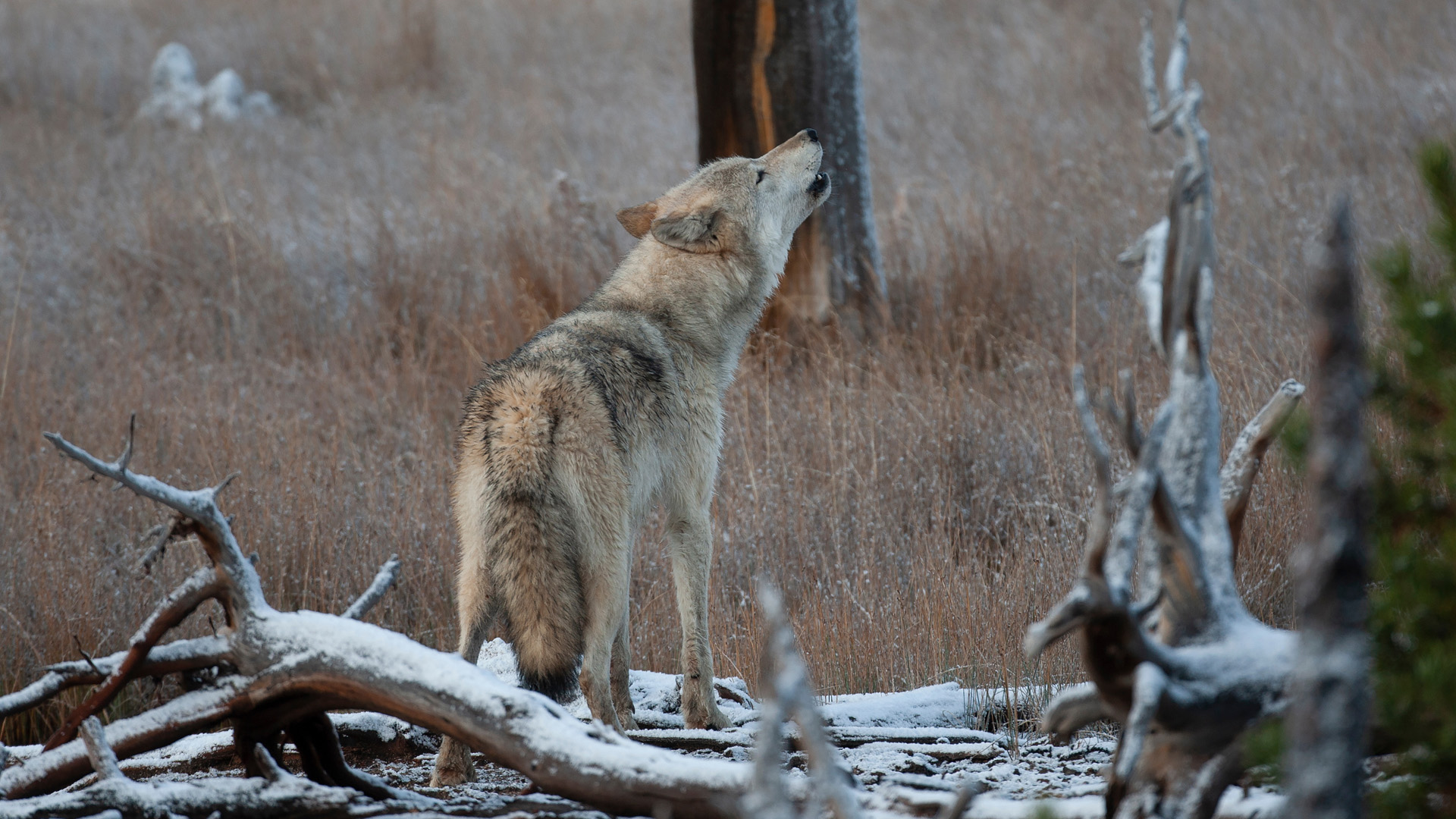Often referred to as the “eighth continent,” the island nation of Madagascar has developed its own distinct ecosystems and extraordinary wildlife since it split from the African continent an estimated 160 million years ago. Approximately 95% of Madagascar’s reptiles, 89% of its plant life and 92% of its mammals exist nowhere else on Earth.
The ZZuss of the Silky Sifaka
Among these endemic species is one of the rarest mammals on the planet, the critically endangered silky sifaka lemur (Propithecus candidus) of the Indriidae family. Named after the Malagasy word shif-auk—which sounds like the lemur’s echoing calls, and known by local communities as the “angel of the forest,” this arboreal primate is one of few animals known to “sing” like humans.

Silky sifakas live in the humid terrain of northeastern Madagascar, where they feed on a variety of leaves, fruits and flowers. This lemur is characterized by silky, snow-white fur, which contrasts starkly with its deep yellow eyes. This species inhabits Marojejy National Park, Anjanaharibe-Sud reserve, Makira Natural Park and the COMATSA-Sud protected area.
Silky sifakas live in small family groups—also called a conspiracy—of two to nine individuals. Their social structure is either polygynous with a single adult male and multiple adult females (seldom more than 2), or pair-bonded with one adult female. Like other lemurs, communication is achieved through a combination of olfactory, visual and aural cues. In addition to scent-marking, body posturing and facial gestures, silky sifakas communicate through a plethora of auditory forms.
While the evolution and exact function of these vocalizations require further study, scientists have observed that the songs serve to establish and maintain social bonds, assert dominance and define territorial boundaries and signify impending threats.
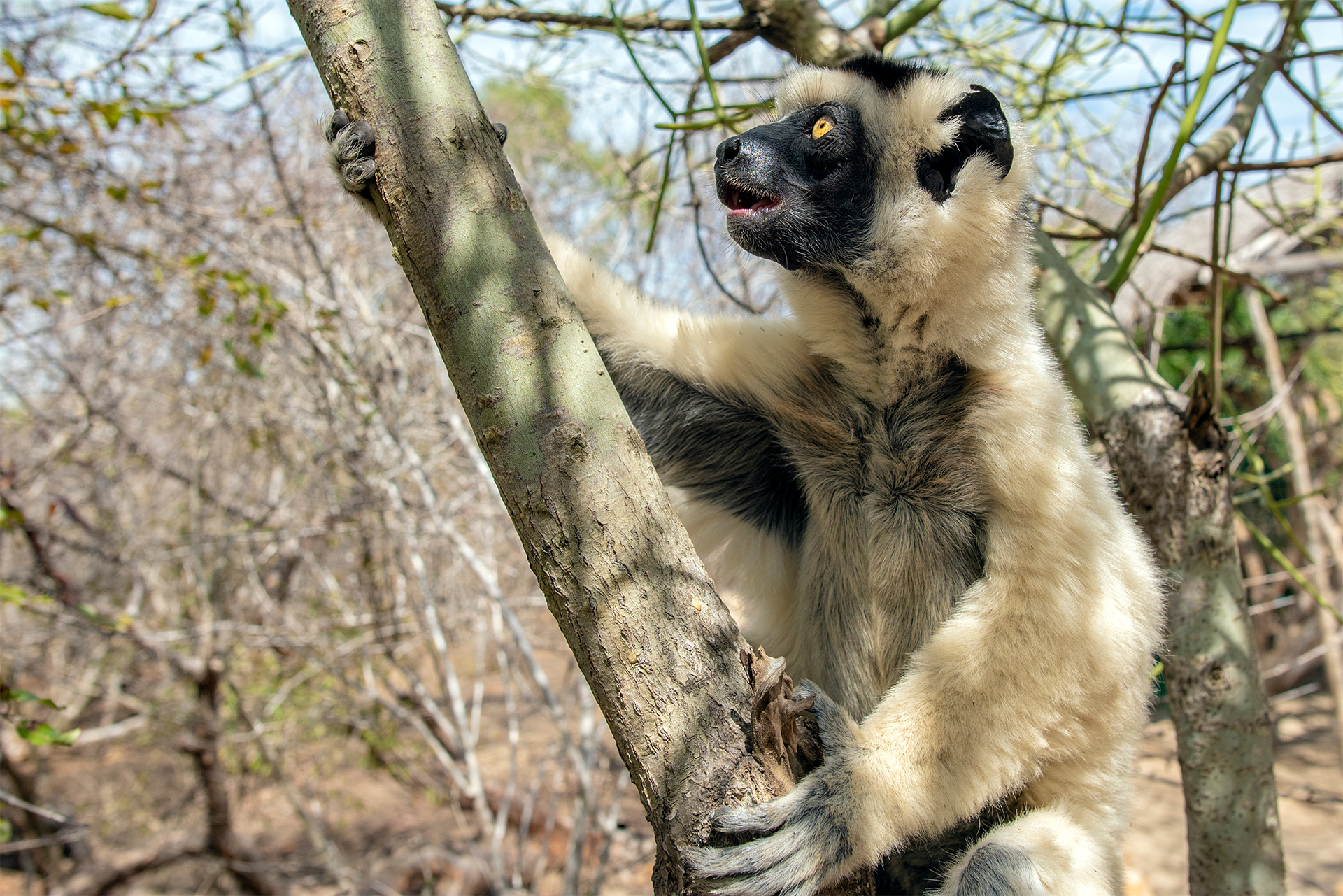
Silky sifakas practice a unique form of locomotion, remaining upright as they leap from tree to tree with their powerful hind legs, clearing distances of more than 30 feet through the dense canopy. They can also move quickly on the ground, which they do using a two-legged sideways hop.
Adult eastern sifakas have an estimated seven call types, and infants utter several specialized vocalizations as well. The most frequently emitted calls are low-amplitude, low-frequency, tonal “hums” and “mums,” which convey relational connections, group movements and foraging intel. The loudest vocalizations are alarms, which are produced by all group members in response to terrestrial disturbances, encroaching predators and calls or howls made by other conspiracies.
Their most distinct alarm call is a “zzuss” vocalization, which sounds like a sneeze and is produced with a closed mouth. Studies have revealed that “zzuss” vocalizations are individually distinctive and even vary between males and females.
The Categorical Calls of the Indri
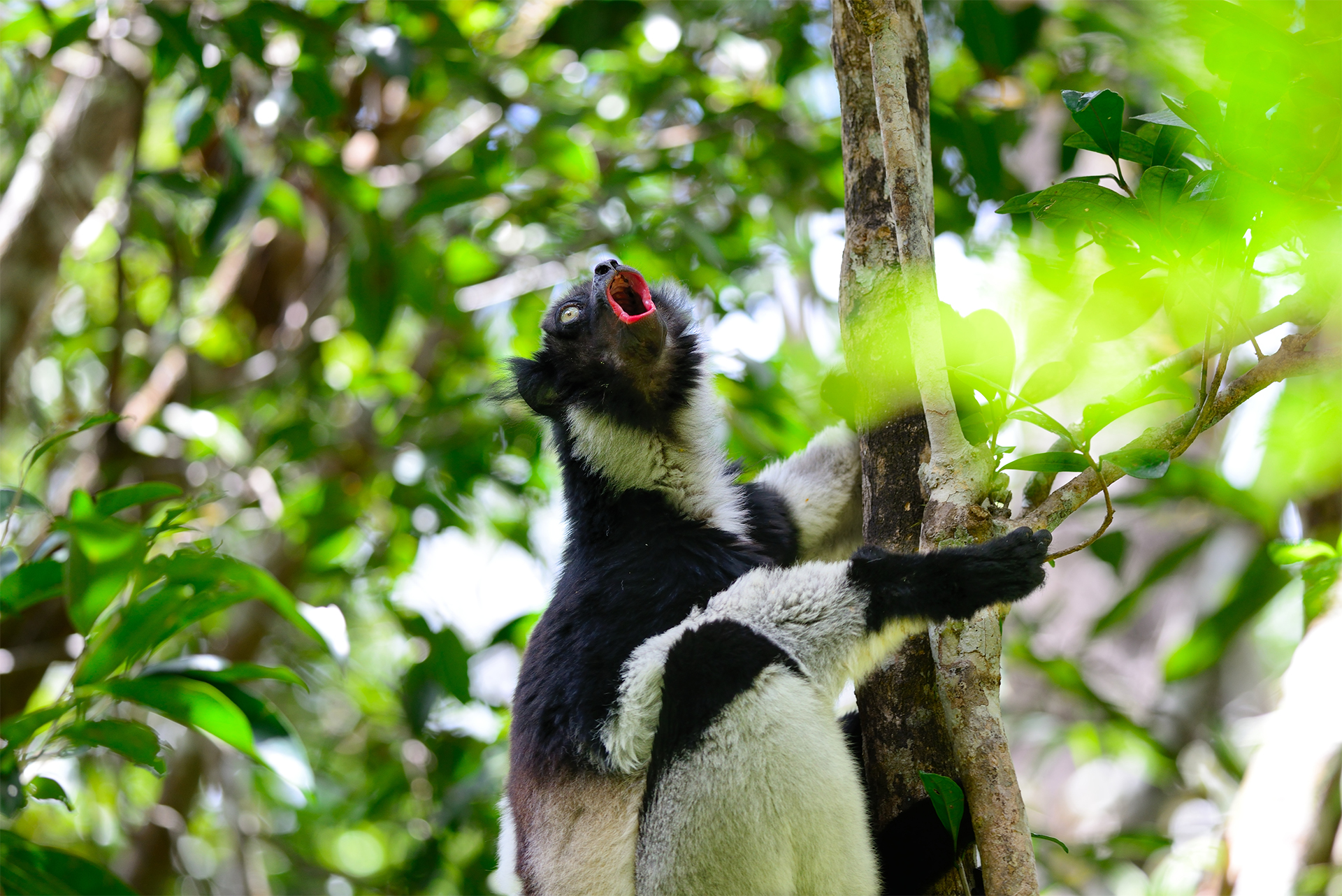
The Betsimisaraka tribal name for the indri species, ‘babakoto’, means ‘ancestor of man’ in Malagasy.
One of the most well-known singing lemurs is the indri (Indri indri), the largest of the lemur species. Their bellowing cries are recognizable from more than a mile away and they radiate a varied vocal repertoire that reverberates through the rain forest. Indris music may not be the most melodic to the human ear; their songs have been likened to squished bagpipes and a pod of moaning whales. However, despite their unique way of carrying a tune, indris exhibit a comprehensive understanding of complex rhythmic patterns.

Indris resemble gangly, black-and-white teddy bears with piercing green eyes. They are often spotted Andasibe-Mantadia National Park (Perinet Reserve)
Indris live in a conspiracy of two to six members, comprising two adults and their offspring, with females serving as the dominant sex. As soon as the morning sun breaches the canopy, the parents perform a temporally coordinated lament; their duet is followed by a cacophonous chorus by the young. Being part of a family band not only reinforces their bond, but it wards off unwanted attention from competing conspiracies and hungry predators.
“Categorical rhythms in a singing primate,” published in Current Biology in 2021 best captures the significance of lemur communication. Over a 12-year period, researchers from the University of Turin in Italy sampled approximately one percent of all living indri individuals. Led by Primatologist Chiara De Gregorio, the team recorded 636 songs from 20 indri groups—a combined 39 individuals.
The results revealed that the lemurs’ songs matched two rhythmic categories: a 1:1 rhythm—a pace akin to a metronome; and a 1:2 rhythm—like the stomp-stomp-clap of Queen’s “We Will Rock You.” Additionally, when indris sing, they gradually decrease their tempo—described in musical terms as ritardando. The team discovered that male and female indris may produce different singing tempi and interval durations, but 1:1 ratios are the same between sexes, which suggests that sexual selection should not affect the evolution of isochrony in indris.
Shared Songs Between Humans & Non-Human Animals
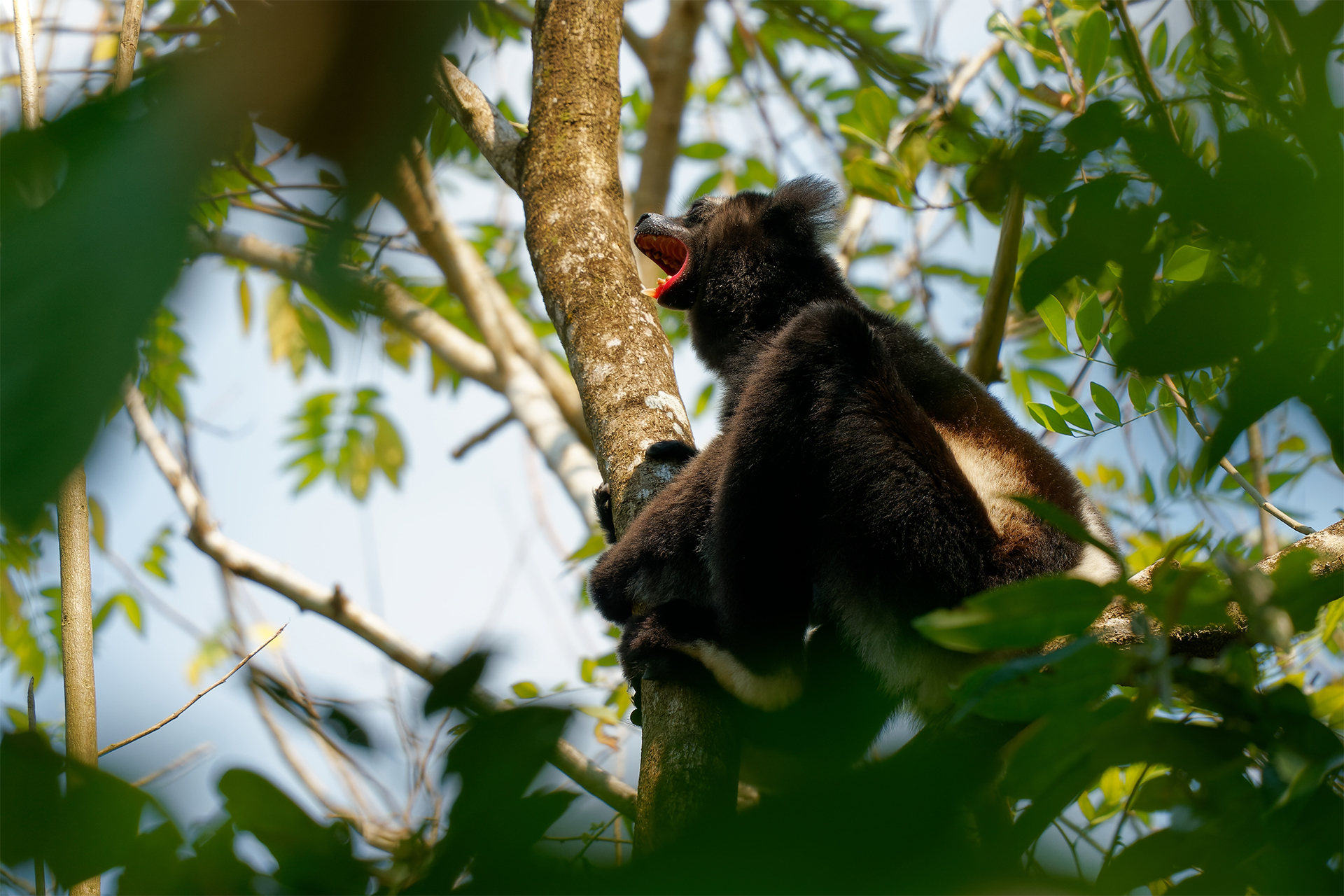
Indri lemur singing
Before De Gregorio’s groundbreaking study, scientists only knew that humans and certain songbirds, such as nightingale thrushes, followed 1:1 categorical rhythms. Humans’ and indris’ last common ancestor is thought to have lived 77.5 million years ago, implying that this trait evolved independently among singing species, possibly to aid song coordination, processing and learning.
“There is longstanding interest in understanding how human musicality evolved, but musicality is not restricted to humans,” explains Andrea Ravignani, a biomusicologist at the Max Planck Institute for Psycholinguistics in the Netherlands. “Looking for musical features in other species allows us to build an ‘evolutionary tree’ of musical traits and understand how rhythm capacities originated and evolved in humans.”
An Evolutionary Tree of Musical Traits
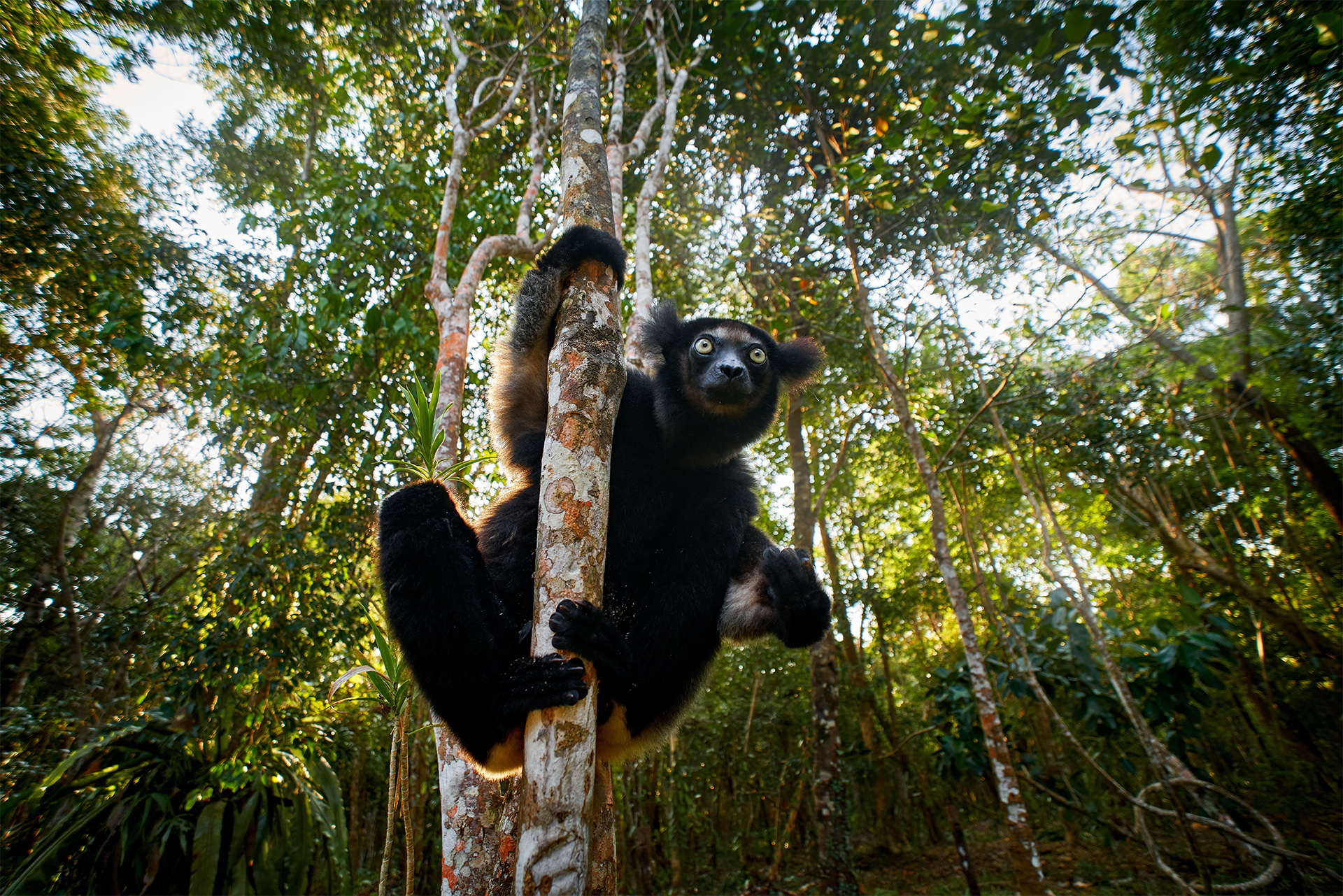
Indris lemur
The discovery of the musical abilities possessed by indris and thrushes begs the question of whether other singing animals, like whales, use these sorts of rhythms too. “To my knowledge, research like ours has never been done in cetaceans, such as whales and dolphins,” confirmed Ravignani.
(function(d,u,ac){var s=d.createElement(‘script’);s.type=’text/javascript’;s.src=’https://a.omappapi.com/app/js/api.min.js’;s.async=true;s.dataset.user=u;s.dataset.campaign=ac;d.getElementsByTagName(‘head’)[0].appendChild(s);})(document,123366,’gq8vfj8skgl37vfr9mwm’);
Though research on marine melodies may still be in its infancy, new findings are being made in Israel’s Ein Gedi Natural Reserve, where rock hyraxes—rabbit-size mammals whose closest relative is the elephant—are garnering the attention of scientists with their siren songs. To humans, their notes sound like a cross between a hyena’s cackle and chalk screeching against a blackboard. But to the swooning female hyraxes, each chorus is a power ballad, demonstrating their fitness.
Researchers have observed that hyrax songs build in complexity as they approach a climatic finish. They’ve also found that while resident males produce frequent songs with steady rhythm, they decrease in complexity after the males assume authority of another group.
Listen to Lemur Songs with Nat Hab & WWF
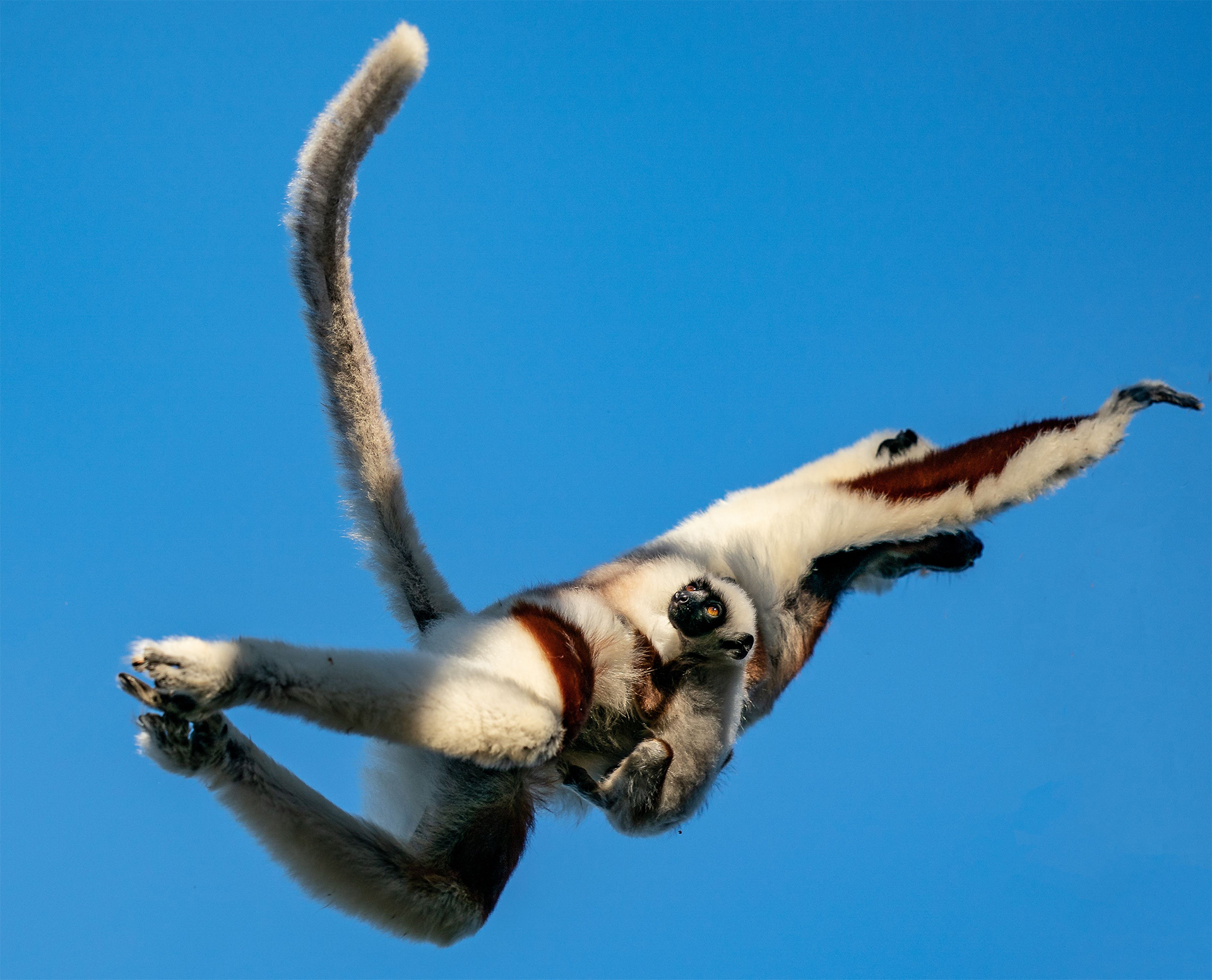
© Richard De Gouveia
Madagascar’s wildlife is threatened by demands from global markets and from the growing needs of the local population. The island’s forests are predicted to diminish by as much as 93% by 2070. Ongoing land conversion and destruction for agriculture and logging has greatly reduced lemur habitat. Hunting for meat and poaching for the exotic pet trade has also contributed to the species’ decline. Today, fewer than 250 silky sifakas exist and some experts estimate that as few as 1,000 indris remain in the wild.
Each year on October 28, we celebrate World Lemur Day in acknowledgment that 98% of lemur species are endangered. According to the report “Primates in peril 2022 – 2023,” four species of lemurs are among the 25 most threatened mammal species in the world, including Microcebus berthae, Lepilemur septentrionalis, Eulemur flavifrons and Propithecus coquereli.
These charismatic species, which evolved here over millions of years, may become extinct before the end of the century. Fortunately, World Wildlife Fund aims to protect, restore and maintain Madagascar’s unique biodiversity in harmony with the culture and livelihoods of the local people. WWF’s Travel Partnership with Natural Habitat Adventures ensures a future for the island’s people and species, and amplifies the voices of the lemurs so their songs can be heard for years to come.
Make your voice heard on our Madagascar Wildlife Adventure and Madagascar Explorer and watch the following Daily Dose of Nature Webinar to learn more!
The post The Singing Lemurs of Madagascar first appeared on Good Nature Travel Blog.



